SMIC to make its 5nm chips a reality in 2025, but things are not ideal
The post SMIC to make its 5nm chips a reality in 2025, but things are not ideal appeared first on Android Headlines.


In a world where we’re talking about chipsets built on the 2nm process, talking about 5nm chipsets seems rather outdated. But for China and SMIC, it’s a big deal. According to @Jukanlosreve on X, they cite a report from Korea’s Kiwoon Securities that claims that SMIC will complete its 5nm process by 2025.
5nm chips in 2025, but at what cost?
As we said, talking about 5nm in 2025 when companies are pushing for 2nm in 2026 feels borderline ancient. However, this is an important step for China’s semiconductor ambitions. The country’s semiconductor plans have been hobbled in its ongoing trade war with the US. The US government has convinced its allies not to sell key technologies to China and its companies, severely limiting their ability to produce more advanced chipsets.
However, despite those setbacks, China and SMIC have soldiered on, but it comes at a cost. According to the report, SMIC plans to complete its 5nm process by 2025, a step up from the 7nm process. But without important technologies like EUV machines, such as those built by ASML, SMIC’s process costs 40-50% more than TSMC. Its yield is also around one-third.
This means that for now, it produces more failed chips than successful ones. This is obviously not good. But when you think about the limitations it has been given, it’s actually kind of impressive.
SMIC is China’s lifeline
SMIC, China’s biggest chipmaker, surprised the world with its 7nm N+2 process. This helped Huawei produce its Kirin 9000S chipset, which later made its way into the Mate 60. It also proved that China could make relatively modern chips without access to the most advanced tools.
Because China’s still blocked from buying ASML’s EUV machines, SMIC has no choice but to rely on older DUV (deep ultraviolet) equipment. DUV works, but to hit 5nm, it requires a ton of additional patterning steps. That makes everything slower, more expensive, and much harder to produce.
Clearly, neither we nor China should expect these 5nm chips to perform at the same level as those made by TSMC. However, it does prove to the world that China can be self-sufficient. But maybe SMIC doesn’t need to wait too long to get on TSMC’s level.
There are plans to develop its own EUV machines, with trial production kicking off in Q3 2025. Local companies like SiCarrier are also already working to build homegrown EUV alternatives. Whether or not they’re successful remains to be seen.
The post SMIC to make its 5nm chips a reality in 2025, but things are not ideal appeared first on Android Headlines.






















































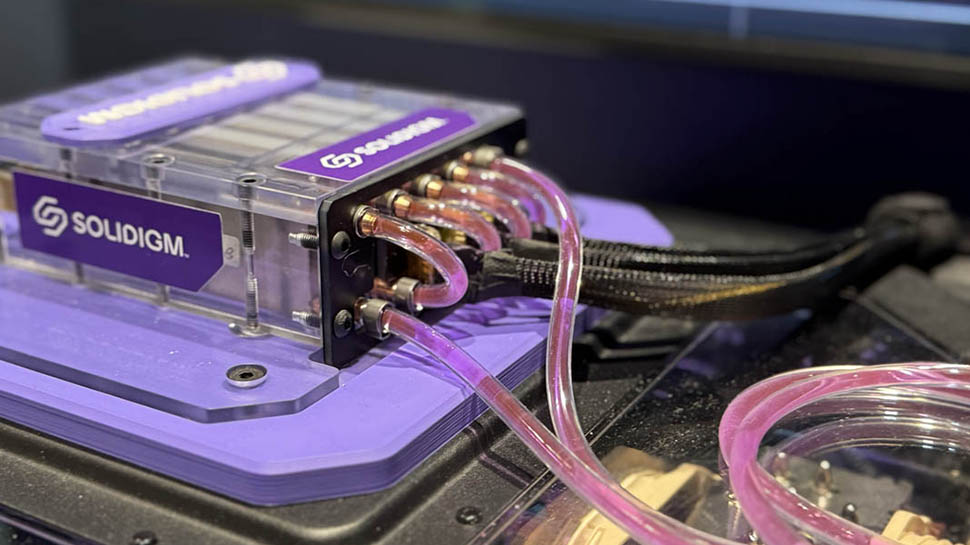













![Apple's M5 iPad Pro Enters Advanced Testing for 2025 Launch [Gurman]](https://www.iclarified.com/images/news/96865/96865/96865-640.jpg)
![M5 MacBook Pro Set for Late 2025, Major Redesign Waits Until 2026 [Gurman]](https://www.iclarified.com/images/news/96868/96868/96868-640.jpg)
![Apple to Revamp Health App with AI-Powered Doctor [Gurman]](https://www.iclarified.com/images/news/96870/96870/96870-640.jpg)














![What Google Messages features are rolling out [March 2025]](https://i0.wp.com/9to5google.com/wp-content/uploads/sites/4/2023/12/google-messages-name-cover.png?resize=1200%2C628&quality=82&strip=all&ssl=1)












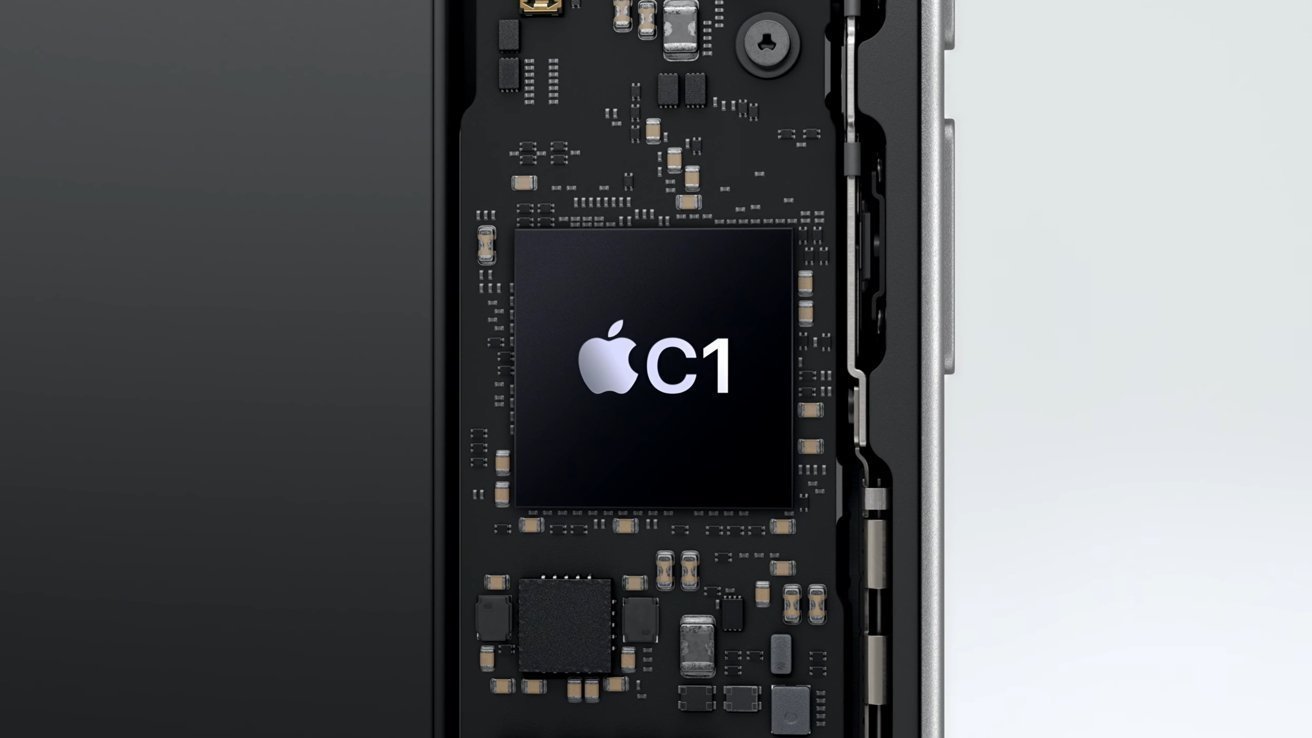

























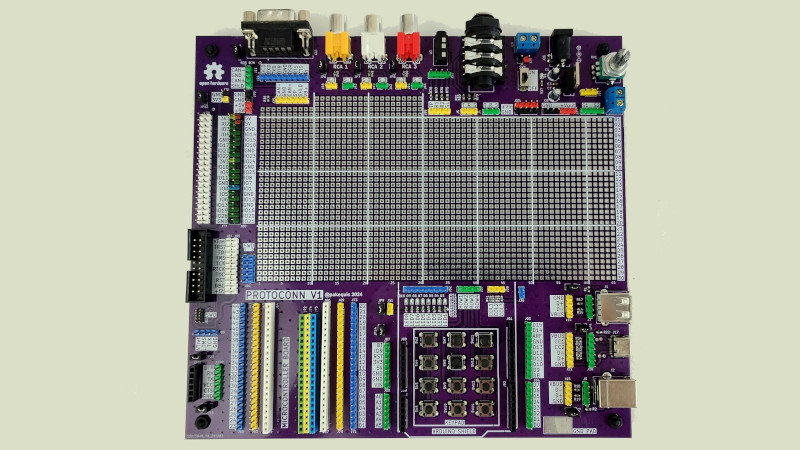















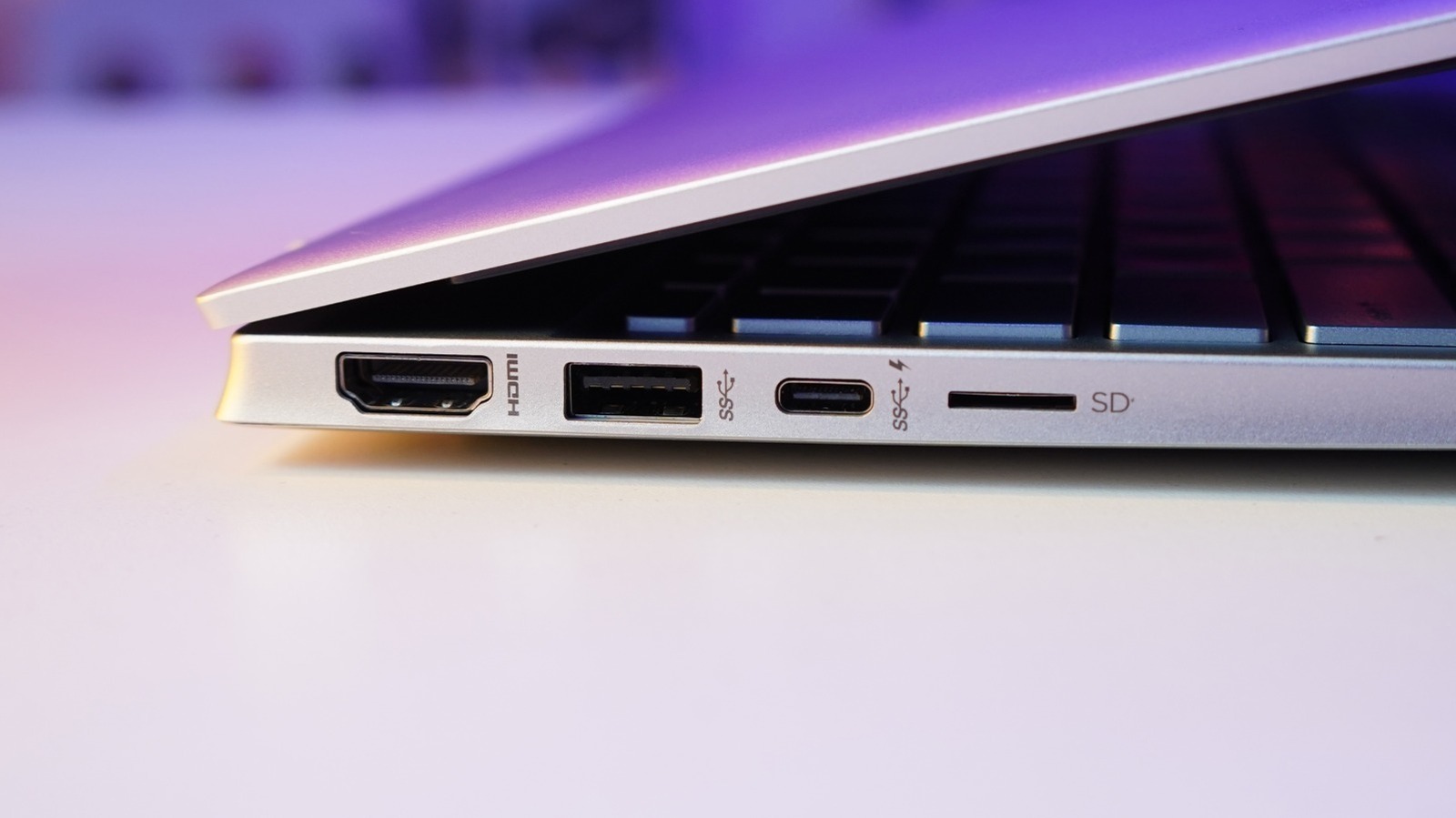










































































































![[The AI Show Episode 141]: Road to AGI (and Beyond) #1 — The AI Timeline is Accelerating](https://www.marketingaiinstitute.com/hubfs/ep%20141.1.png)
![[The AI Show Episode 140]: New AGI Warnings, OpenAI Suggests Government Policy, Sam Altman Teases Creative Writing Model, Claude Web Search & Apple’s AI Woes](https://www.marketingaiinstitute.com/hubfs/ep%20140%20cover.png)
![[The AI Show Episode 139]: The Government Knows AGI Is Coming, Superintelligence Strategy, OpenAI’s $20,000 Per Month Agents & Top 100 Gen AI Apps](https://www.marketingaiinstitute.com/hubfs/ep%20139%20cover-2.png)



























































































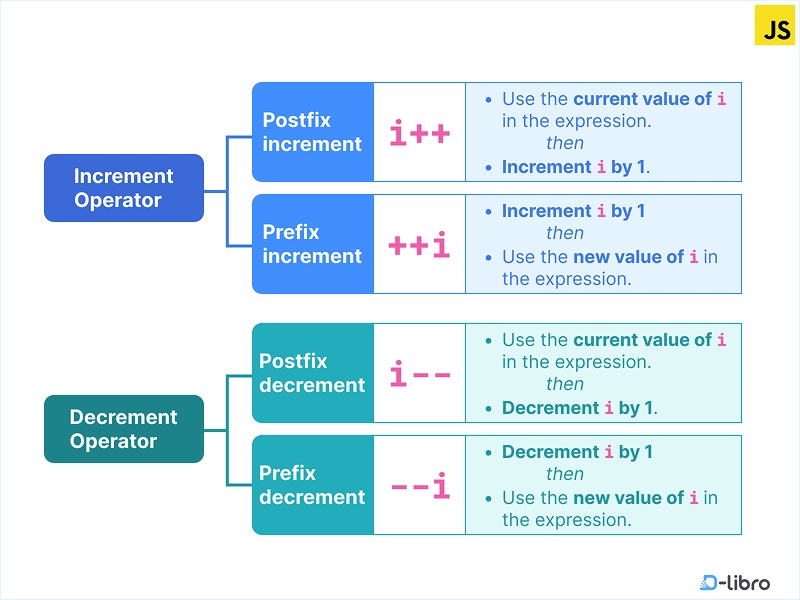



































![From broke musician to working dev. How college drop-out Ryan Furrer taught himself to code [Podcast #166]](https://cdn.hashnode.com/res/hashnode/image/upload/v1743189826063/2080cde4-6fc0-46fb-b98d-b3d59841e8c4.png?#)



![[FREE EBOOKS] The Ultimate Linux Shell Scripting Guide, Artificial Intelligence for Cybersecurity & Four More Best Selling Titles](https://www.javacodegeeks.com/wp-content/uploads/2012/12/jcg-logo.jpg)


































.png?#)






















































